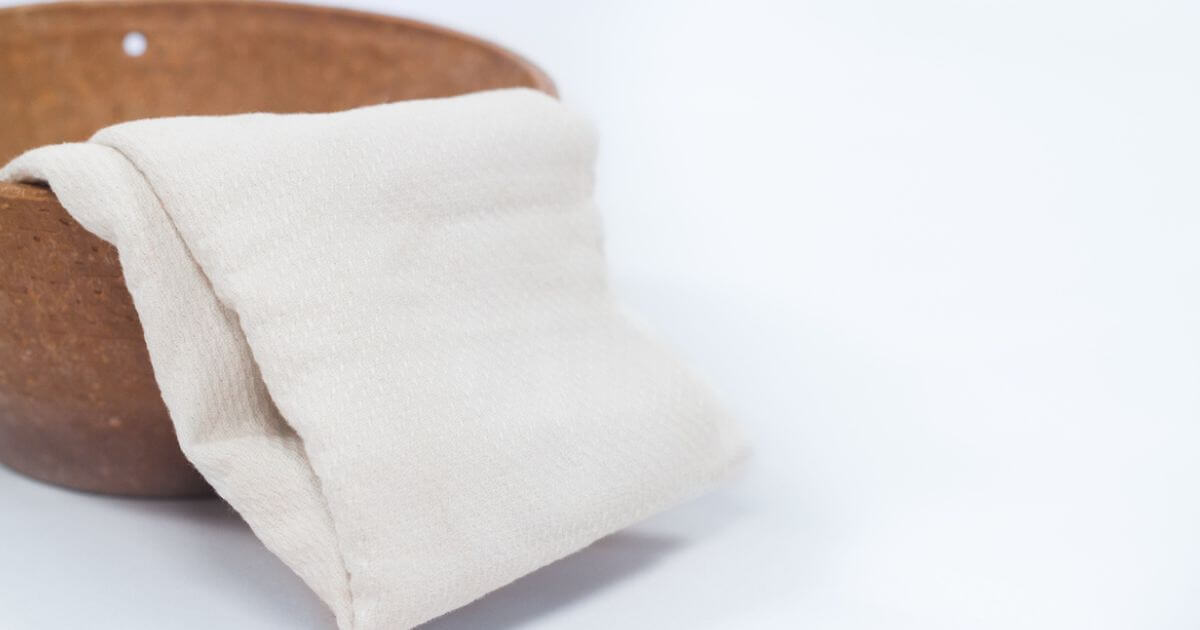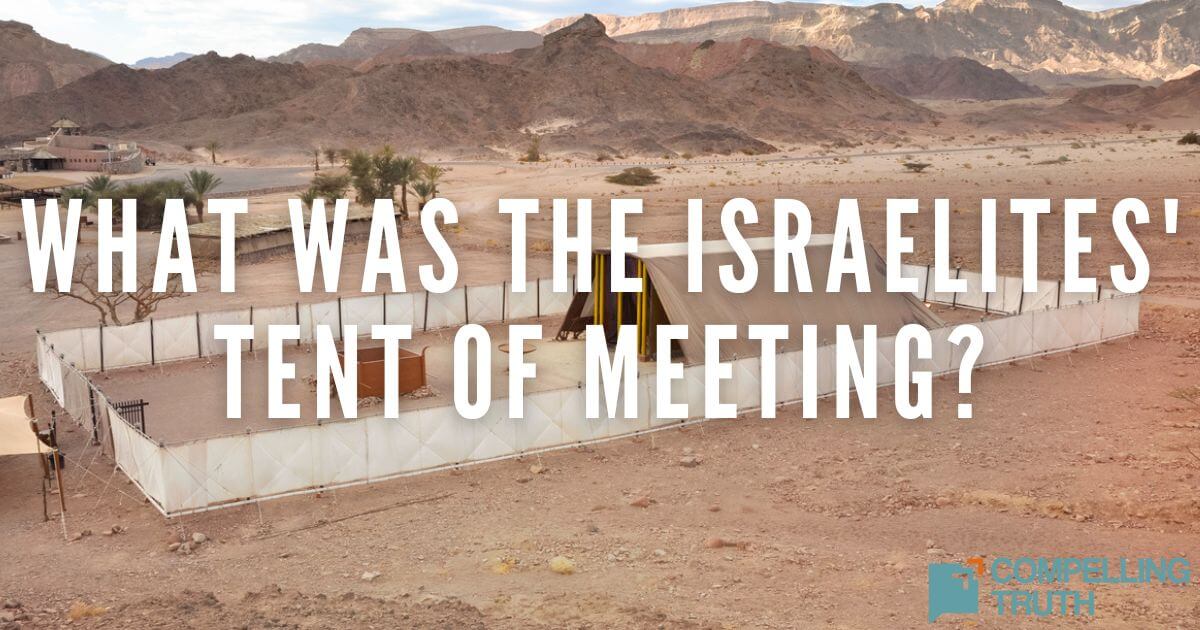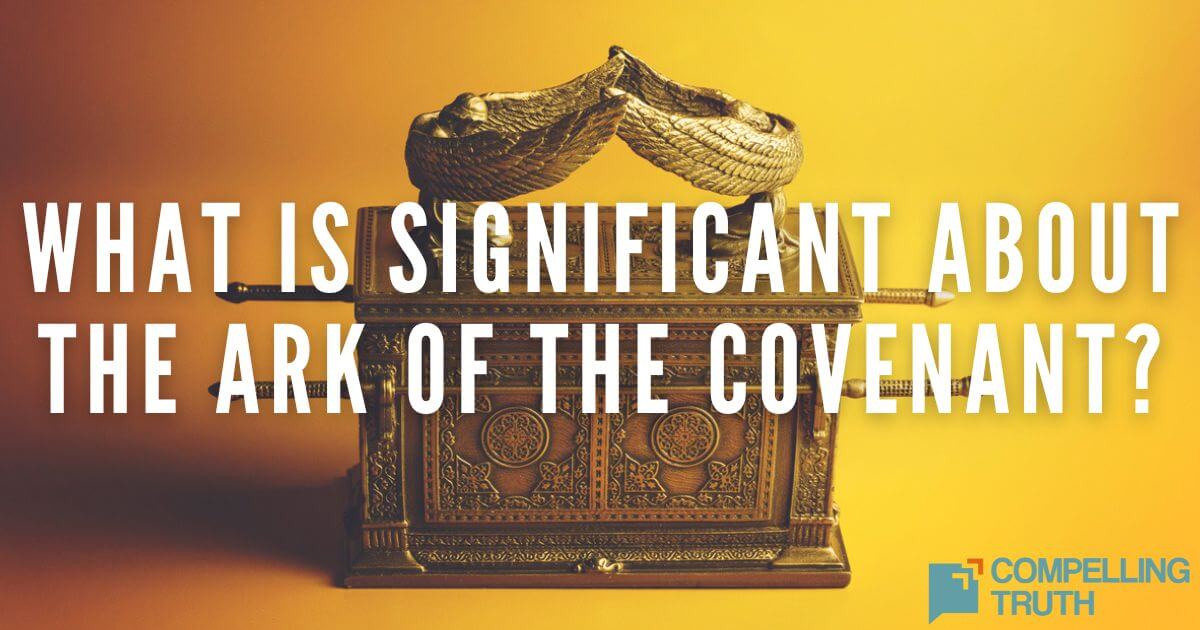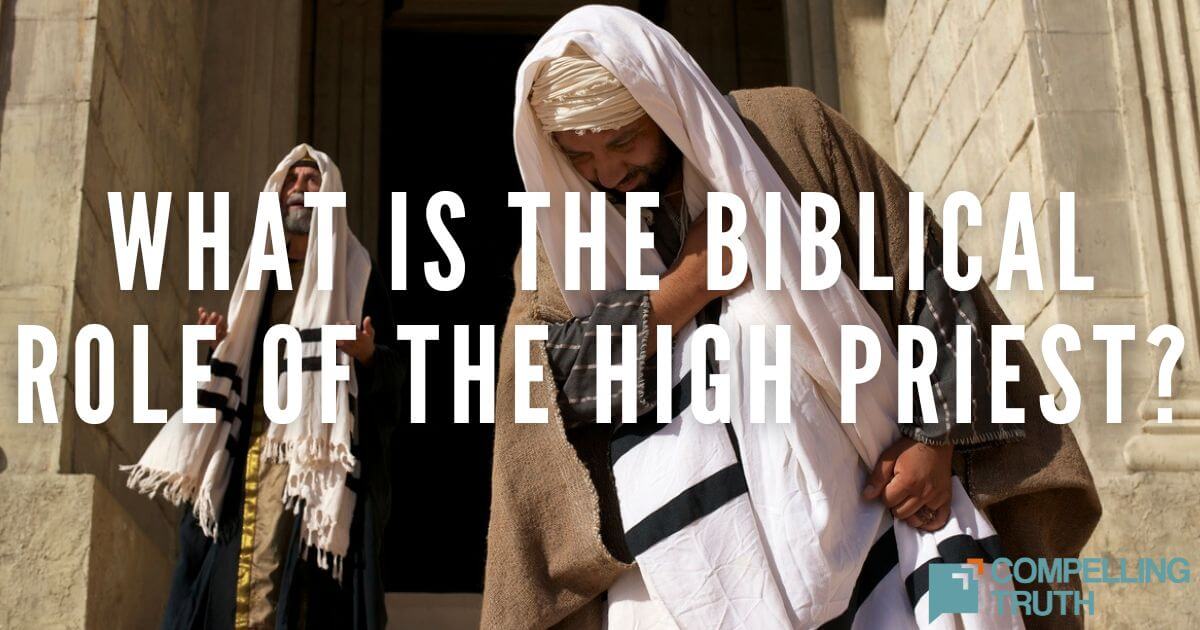A laver is a wash basin used for ceremonial cleansing. In Hebrew it is a kiyowr, meaning something round and hollowed out like a chafing dish for coals, a caldron for cooking, or a washbowl for cleansing. The Bible uses the word in that last sense as a wash basin used in the tabernacle and then the temple. In Exodus, God instructed Moses to construct a bronze laver for the tabernacle, consecrated for priestly purification before approaching the altar. The New Testament reveals the need for spiritual purity beyond ceremonial cleansing, which is available through Jesus Christ as the ultimate cleansing for believers today.
Indeed, it is not ceremonial cleansing that people need, but rather a cleansing of our hearts. David prayed in Psalm 51:2 for God to, "Wash me thoroughly from my iniquity, and cleanse me from my sin." In Jeremiah 33:8 God promised His people, "I will cleanse them from all the guilt of their sin against me, and I will forgive all the guilt of their sin and rebellion against me." In 1 John 1:9, John reminded his readers that the promise was for all people who would confess and believe. He wrote, "If we confess our sins, he is faithful and just to forgive us our sins and to cleanse us from all unrighteousness." Rather than seeking an exterior ceremonial ablution from a laver, God desires for us to seek His forgiveness, made possible through Jesus Christ, and the internal cleansing work of the Holy Spirit. The first step is trusting in Jesus Christ.




